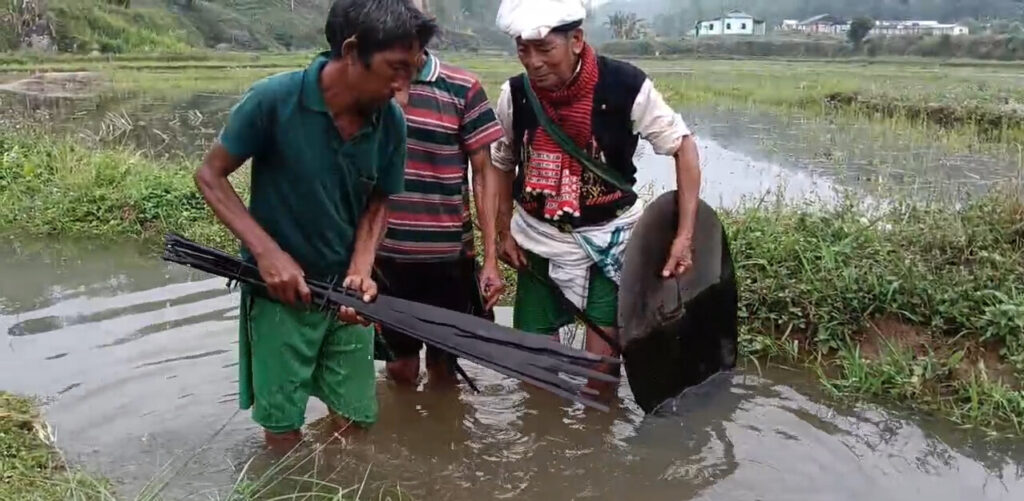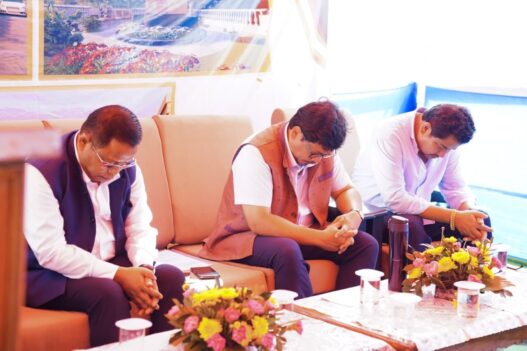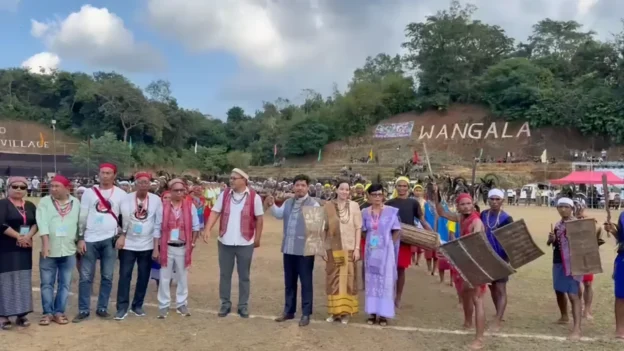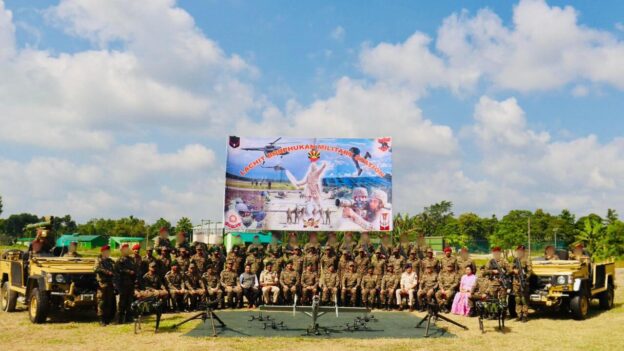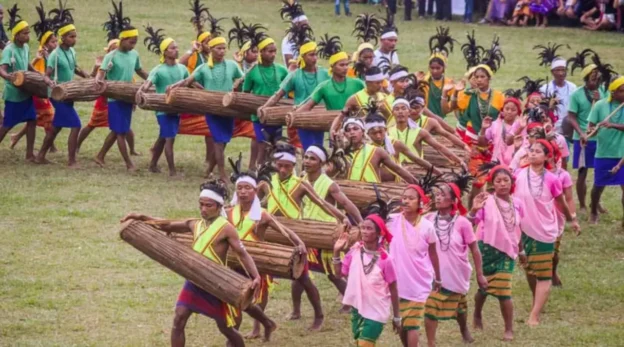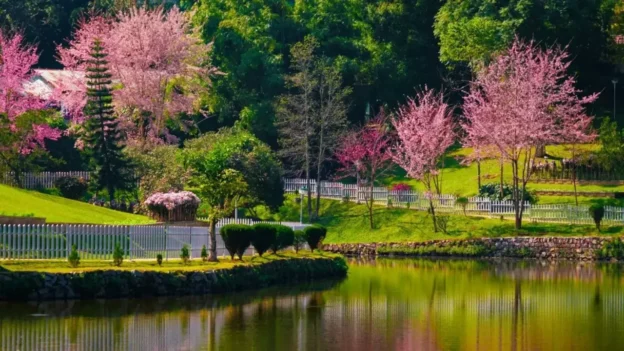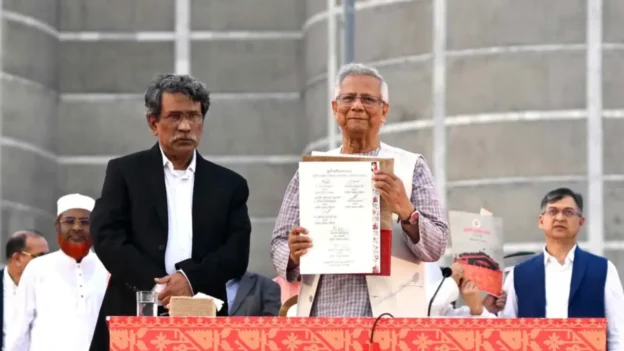In an age of algorithms and accelerated change, when satellite dishes sprout even from thatched rooftops and Google Maps charts the once-unseen trails of the Northeast, one might think tradition is a fading script. And yet, in the state of Meghalaya, amidst the quiet strength of its bordering villages and hamlets, there thrives an enduring pulse—steady, sacred, and resolute. Here, modernisation has not erased the old ways. Rather, it coexists with them, often yielding in silent reverence.
Each April, in the Raid Kharpati Dorbar (Hoppati) under the Mylliem Syiemship, tradition speaks with particular clarity through the festival of Chorong-Lang-Palu-Domahi. This is not merely a gathering of rituals; it is a reaffirmation of life’s cycle, of gratitude to the elements, and of community memory passed hand-to-hand and voice-to-voice. In this celebration, modern values and ancient customs face each other not in conflict, but in dialogue—one carried by the flutter of wings.
The ritual of Wo The Hlo, the release of chickens into the forest, opens the festival in an act that is both symbolic and deeply felt. A white cock and a golden hen are not simply set free—they are burdened with the collective misfortunes of the villagers, entrusted with the task of delivering these to the wild. The release takes place at two sacred altars, Kalama Langcheng and Jorsang Dehal, as prayers echo through bamboo groves. It is believed that the souls of the people, animals, and fields breathe a little easier after this ritual—an offering not of blood, but of liberation. This gesture, simple as it may seem, speaks to a worldview where humans live not above nature but within it. It is a reminder that the health of the soil, the clarity of the water, and the breath of the air are all interwoven with the balance of spiritual life.
Yet the festival does not shy away from practices that have drawn controversy—particularly the ceremonial slaughter of cows, pigs, and chickens. On April 22nd, the Chorong Lang Palu-Aghat becomes the sacred ground where the cow is ritually washed, purified with herbs, and finally sacrificed. For those outside the community, such an act may appear brutal or archaic. But to the villagers, it is an ancient offering to U ‘lei Lum ‘lei Wah—the God of Earth and Sky. It is performed with solemnity, not spectacle. Each gesture, from the cleansing of the cow’s rope to the casting of black eggplant and pumpkin, is a coded language of reverence and renewal.
Animal sacrifice, in these contexts, is never casual. It is not about domination but about reciprocity. In a world where industrial farming has made meat a commodity stripped of meaning, these practices force us to confront the truth of life and death as interdependent. The animals offered are part of the community’s economy and ecology. Their sacrifice is part of a larger conversation—a cyclical pact between humans and the land they inhabit.
The festival includes numerous other rituals: Inglong Karkli, where men of the village offer goats and pigs in ceremonies meant to summon strength for the year ahead; Ingphar Karkli, where the brightness of a flame predicts fortune; and Dom-Ahi Ki Kan, where young men dance through the streets, carrying the weight of their ancestors’ wisdom and their community’s future on their shoulders. Each act, each chant, connects with the elements—fire, water, wind, and earth—as though to remind modernity that life, in its rawest form, is sacred.
Among the most compelling features of the festival is the balance between continuity and renewal. The Luk-Dar meeting that precedes the rituals is a council of decisions—not only logistical ones about goats and rice-beer, but moral ones about how best to honor the ancestors while accommodating changing times. Even the tools used in the Wur Kiti ritual, where a black pig is struck with a stick rather than a blade, speak to a cultural sensitivity evolving within tradition.
These rituals have endured colonisation, Christian missionary influence, state neglect, and the ideological discomfort of outsiders. And yet, they remain—flexing, adapting, but not vanishing. Today, with climate change threatening agricultural cycles and globalised culture flattening distinctiveness, the value of such festivals is only growing. They do not merely preserve the past; they defend the future by sustaining an ecological and spiritual equilibrium that modern systems often overlook.
Yes, there are questions. Can ritual coexist with rights? Should tradition evolve in ways that reflect new ethical understandings? These are valid, even necessary, questions—but they must be asked with humility, not imposition. For every ritual judged out of context is a story silenced, and every tradition misunderstood is a wisdom dismissed.
In the hills of Meghalaya, amidst the dance of flames and the hush of birds released, a truth emerges: tradition is not resistance to change—it is change in slow, intentional motion. As long as a white cock and a golden hen are released into the forest each year, carrying with them the village’s burdens and blessings, we are reminded that some wings are meant not to be clipped, but to soar.

